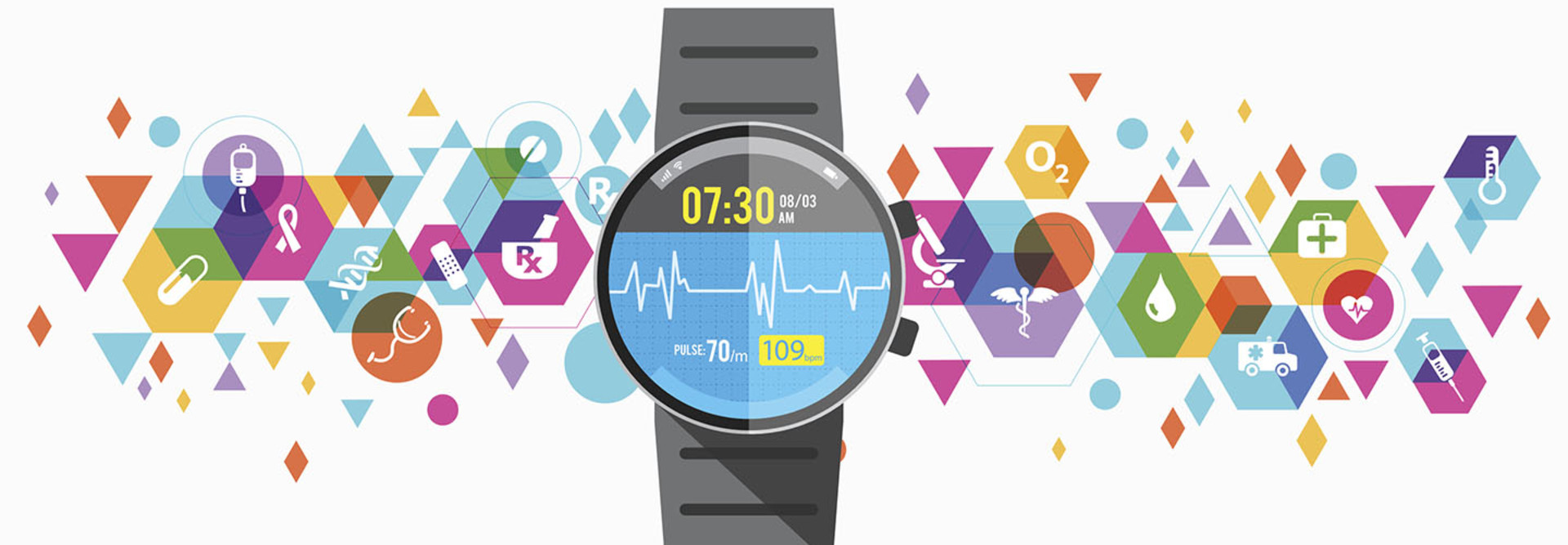Professionals and Patients Grow More Comfortable with Wearable Health Data
Wearable fitness trackers are here to stay, and so is the data they generate. In fact, 27 percent of consumers already use fitness wearables, according to data by Morning Consult. But it’s not just consumers that want to peek into the stats generated by these devices: A new survey by the Healthcare Information and Management Systems Society (HIMSS) and sponsored by Fitbit shows that many healthcare professionals want to make use of that patient generated health data order to improve patient care.
According to the report, 79 percent of the 101 respondents — a mix of clinicians, healthcare IT and business professionals — noted they would like to have more information about patients between office visits, a gap that wearable data can fill. Meanwhile, 72 percent reported that they need PGHD in order to “make good decisions on chronic disease management.”
“It’s encouraging news,” said John Sharpe, senior manager of the Personal Connected Health Alliance at HIMSS, in the report. “We are learning to trust the data. Furthermore, we’re learning how to make actual wearables and activity monitors more effective tools in both preventing disease and managing chronic disease.”
MORE FROM HEALTHTECH: Wearables and digital tools can advance value-based care.
Chronic Disease Care Benefits from Wearable Data
Chronic disease management is an area where many professionals believe wearable data truly has the ability to make an impact. According to the survey, 90 percent of healthcare professionals already incorporating wearables and data into their workflow see it as a way to positively impact care management for diseases like Type 2 diabetes, obesity, hypertension and smoking addiction.
This is because managing these types of chronic diseases hinges on significant lifestyle changes from patients, such as exercise and diet, which occur outside of clinical control. “These conditions lend themselves well to the value of wearable devices and PGHD because individuals need more constant guidance and self-reflection to succeed than can be provided with sporadic office visits,” says Dr. John Moore, medical director at Fitbit, in the report.
Other chronic diseases can also benefit from the use of wearable data. Los Angeles-based Cedars-Sinai medical center, for example, has seen success in monitoring the quality of life of advanced cancer patients via Fitbit data. The study, which was published in npj Digital Medicine, tapped wearable data as a way to obtain an accurate assessment of a patient’s activity level, which is often a marker of their health.
Coaching and Wearables Together Improve Outcomes
Interest in PGHD, from both wearables and apps, is ballooning in recent years as patients seek to be more active in their own healthcare, David Betts, principal and national leader for customer transformation in healthcare for Deloitte Consulting, tells HealthTech.
“We're seeing a real interest in accessing that data more proactively than we've seen in the past few years, and in really beginning to experiment with what is possible with respect to that patient-generated data,” says Betts.
This could be because several facets of healthcare can benefit from the insight that wearable data has to offer. Ongoing studies are testing the tech’s ability to monitor sleep, and at the University of California, San Francisco Medical Center in San Francisco, wearables are being used in conjunction with an algorithm to identify atrial fibrillation.
And even for everyday consumers, coaching in conjunction with health data can have long-term health benefits that may be otherwise difficult to cultivate, Rob Havasy, senior director of Health Information Systems at HIMSS, says in the recent report.
“Driving long-term behavior change is difficult, but health coaches as individuals can do what machines can’t yet do. They can intuitively understand what matters to a particular individual and build a coaching program around it,” says Havasy. “The combination of wearables and health coaching allows for the blend of immediate feedback, timely interventions, accountability and support that people need to succeed in health behavior change.”










